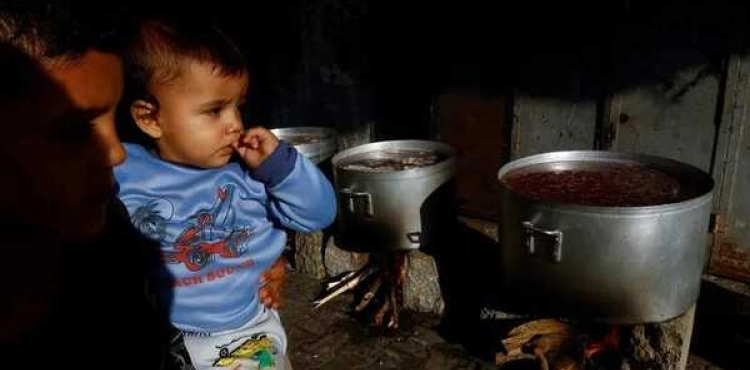The World Food Program considered that the convoy of food and aid trucks that arrived in Gaza on Saturday should be the beginning of a “continuous flow” in order to “ensure that the population does not die of hunger.”
The program's executive director, Cindy McCain, told the British Sky News network that the entry of aid from Egypt into Gaza through the Rafah crossing was a "relief", but "it is not enough."
Speaking from Cairo, she added: “We hope this is not the last convoy to enter. It is very important that we get as much food aid as possible because people are on the brink of starvation.”
McCain explained, "60,000 tons of food were delivered, which is enough to feed about 40,000 people for a week."
What happened?
The first humanitarian aid convoys sent to the besieged Gaza Strip since the outbreak of war there arrived through the Rafah crossing, on Saturday, after the aid remained stuck in Egypt for days.
The United Nations said the convoy of 20 trucks carrying life-saving supplies will be delivered by the Palestinian Red Crescent.
But the aid represents only a small portion of the urgently needed quantities, and it is not clear how much aid will be allowed to pass in the coming days.
The Rafah crossing is the main route in and out of Gaza that is not controlled by Israel, and the focus of efforts to deliver aid to the enclave's 2.3 million residents.
UN officials say Gaza needs at least 100 trucks a day to provide essential needs, and that any aid entry must be continuous and on a large scale.
Before the outbreak of the conflict, about 450 aid trucks arrived in Gaza daily.












